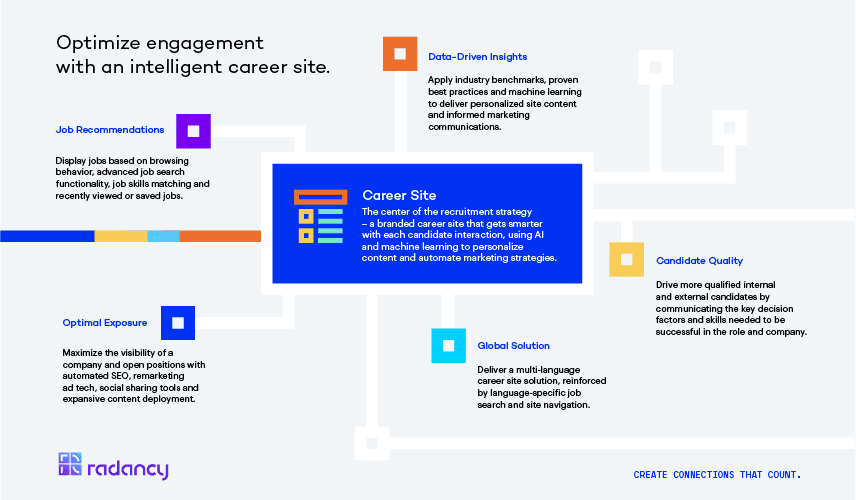5 ways a unified platform can fix your hiring
The hiring funnel is broken. Is there one solution to fix it?
Why You Should Care
There are plenty of tools available for recruitment. Are there advantages to unifying these technologies to have one source of truth?
In a job economy that’s fraught with pains for the modern TA professional, any advantage should be considered.
We've mapped out 5 of the top pains we see in talent management and compiled some bitesize takeaways for improvement.
Recruitment and hiring experiences have been chaotic at best, the last 18 months or so: High levels of unemployment during the worst of the pandemic, the “Great Resignation” epoch, vs. positive news about the economic rebuild, and yet the remaining struggle around talent availability.
Whilst geographically and by industry vertical challenges have varied somewhat, the difficulty of filling open positions and creating a rich, top-of-funnel pipeline appears abundant.
What’s more, the strategies around the hiring funnel are broken across the board. Despite the context of the current job economy, the realities created by technological innovation and digital transformation in the Talent Acquisition (TA) space, can result in doing more harm than good.
We’ve highlighted 5 areas that TA teams are struggling to get right, and how a unified data management platform might just be the answer.
1. Opportunity visibility – Getting out there
The Office for National Statistics recently disclosed that the UK has reached record highs for the number of job vacancies. According to the Financial Times, Suren Thiru, head of economics at the British Chambers of Commerce said that record vacancies “confirm ongoing recruitment difficulties.”
And across the pond, a similar tale. NBC News published an article recently, headlined, “The U.S. now has more job opening than any time in history.” They reveal in this piece that “the number of open jobs soared to a record 10.1 million in June, according to data from the Bureau of Labor Statistics.”
With this stark supply-demand imbalance in the job economy, the need for standing out, and being visible to the right talent is of paramount importance. But in such a crowded digital marketplace for recruitment teams, how can they do this?
The answer can lie in being able to automate marketing and personalization through rich job search experiences that a strong, branded career site can offer. Having candidate and applicant information funneled in through this way can enable smarter interactions, using AI and machine learning to make connections count.
2. Knowing your talent pool – Convince and convert
TA leaders shouldn’t just be ‘thinking like a marketer’ in the way of job advertisements and career site descriptions. In our data-driven world, there are so many pieces of information that can be incredibly valuable to strategy and future-planning, that go unused or are even lost as details get passed from team to team.
Marketing is all about influencing choices, and so is talent management and talent acquisition. Knowing more about your talent pool, combined with the needs and goals of the organization, can enable a multitude of advantages.
Data collection through surveys and data management that is unified and connected can provide TA teams with the understanding of the wants and needs of their talent pool, to tailor their efforts and messaging, getting the most ‘bang for their buck’ from their efforts.
3. Talent pool growth – Targeting the passive job seeker
Active recruitment will only get recruitment teams so far, and if they aren’t utilizing passive recruiting strategies, they could be missing out on a big pool of potential talent.
Passive recruiting can help find not only top talent but also the best people for the job. By combining passive and active recruiting strategies, talent teams’ chances of reducing turnover and retaining employees longer can rise dramatically.
Unified, connected, data management can enable TA leaders to have information on potential candidates to target and source the right talent and in turn, create meaningful messaging to nurture those potential candidates.
Programmatic AdTech can provide the means for intelligently sourcing the right talent at the right time across all channels. It leverages data insights to deliver performance-based campaigns strategies across all channels and helps automate a normally long-winded and labor-intensive process of sourcing and nurturing top-of-funnel talent.
4. Developing a unified candidate experience – Personalization
The recruiting process is a journey that employers and candidates take together. They say that first impressions count, and this can’t be truer for the candidate experience. This is the first chance for employers to make a lasting impression.
What do candidates want and need from a potential employer? What’s proving successful?
A McKinsey study on attracting and retaining the right talent highlighted one of the four elements most valued by top talent is distinctiveness. It also outlined that for three reasons, few companies have EVPs (Employer Value Propositions) that meaningfully help them win the war for talent:
- Not distinctive
- Not targeted
- Unreal
By managing the look, feel and tone of messaging and experiences across all channels and candidate touchpoints you can negate these downfalls. And this is where data-driven messaging can really have an impact as these insights can help TA leaders to build and activate a powerful brand through dynamic experiences.
5. Efficiency and automation – Unification
Identifying and engaging talent pipelines is where we see the biggest break in the talent funnel. Normally, the two areas of identification and engagement sit with different individuals/teams (sourcing and recruitment). This separation can lead to time wasted, information becoming lost, or going unused. It can also work out much more expensive by having more tech in the stack, and oftentimes additional tech and time-spent just to help aid integration with these multiple platforms (if even possible).
Having a Client Relationship Management (CRM) platform can eradicate these losses of time and money. A unified platform that includes a CRM can enable TA practitioners to automatically identify and engage with the right talent by leveraging targeted audience data.
What does a unified platform mean for the big picture recruitment strategy?
It’s time to up the ante when it comes to the talent acquisition process, and the future of recruitment relies on a deeply strategic, data-driven approach that prioritizes meaningful connections with the most promising candidates.
The most effective data-driven hiring strategies extend far beyond the moment a candidate becomes an employee, and “hi to apply” data management is just the beginning.
Radancy’s unified platform, augmented by rich data and deep industry expertise, is revolutionizing how employers attract and hire the talent they need.
Having a purpose-built, integrated system with shared data has real tangible benefits that address some of the most common reoccurring pain points for businesses.

If you’d like to learn more about the Radancy unified platform and see more examples of how they use connected data management to make recruiting easier, contact them here.
Sign up to the UNLEASH Newsletter
Get the Editor’s picks of the week delivered straight to your inbox!

Head of UNLEASH Labs
Abigail is dedicated to connecting HR buyers with the technology and tools they need to succeed.
-
Topics
HR Technology
Talent Acquisition
Contact Us
"*" indicates required fields
Partner with UNLEASH
"*" indicates required fields
